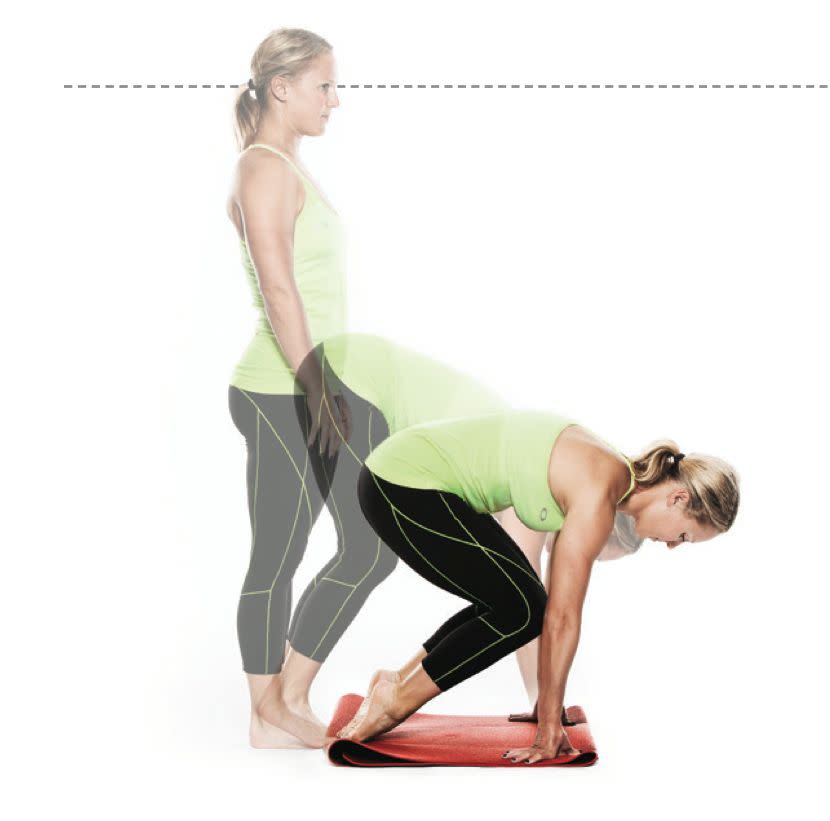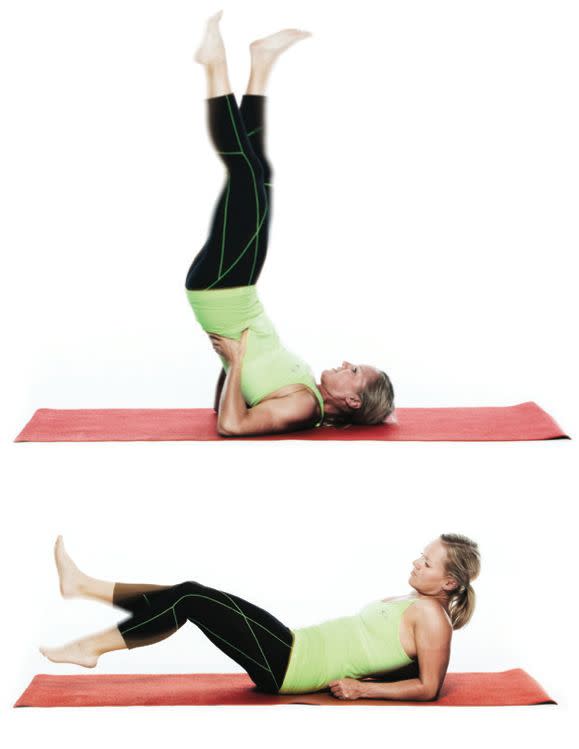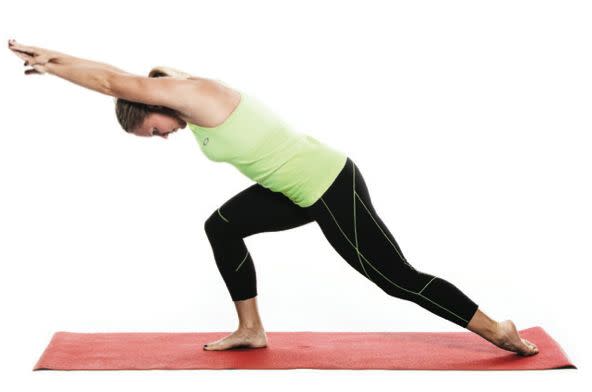Ask a Trainer: How can I Increase Ankle Flexibility?
This article originally appeared on Triathlete
For any swimmer, the kick is typically the most undertrained, under-appreciated and underdeveloped swim skill. Since most triathletes kick slowly, it also offers the greatest opportunity to increase swimming speed. The pace of your kick determines your baseline swimming speed and separates the truly fast swimmers from all of the rest. However, improving your kick is not an overnight fix. It requires a months-long program including stretching, strength training, and lots of pool training.
The question is, "is getting a faster kick worth the investment?" If you want to make a significant breakthrough in your swim time, it is. The kick not only helps to propel your stroke, it also serves three other important functions: It provides lift to help reduce frontal drag, it creates a part of the counter-force (along with body rotation) that you can pull against to improve your distance per stroke and it helps sustain a more constant speed instead of slowing and re-accelerating with each pull.
RELATED: The Four Functions Of Your Swim Kick
Ankle Flexibility = Stronger Swim Kick
Ankle flexibility is a huge issue in developing kicking propulsion. Increased ankle flexibility serves the same function as the flick of a fish's tail to provide propulsion, and without it, even the strongest legs won't kick fast. The extra plantar flexion of the ankle is relatively easy to get with the right dry-land exercises and stretching, like the moves below.
Also, consider the level of leg fitness you will need. Unlike the arms that have recovery time during each pull cycle, the legs never get a rest. The feet are moving continuously, and in both directions until you finish your swim. (No wonder the legs are always the first body part to get tired in a race!) To help condition legs to perform that kind of relentless activity, look for kick-specific strength exercises.
RELATED: Swim Kick Sets You Won’t Hate
Ankle Flexibility Exercise: Freestyle Squat
Sit with your knees bent, legs under your body, with your feet pigeon-toed underneath. Try to lift your knees off the ground, balancing yourself so that all of your weight is on the tops of your feet. (If you are physically unable to do this, lean backward slightly and support yourself with your arms behind you as shown.) Stay in this position for 30 seconds. Build to one minute, then eventually you should be comfortable in this position for minutes at a time with no pain.
Ankle Flexibility Exercise: Freestyle Squat Pushups

Start with your feet under your body like above and lift knees off the ground, pushing upward with legs and straight back to a stand. Stay on the tops of your feet until you absolutely have to flip them over. In the beginning, assist yourself with your hands pushing off the ground. Within days or weeks you should be able to push yourself up to a stand with no assistance. The higher you can go before you flip your feet over, the better.
Ankle Flexibility Exercise: Freestyle Kicks

Do flutter kicks for one minute, three different ways, with 15 seconds rest in between:
Straight-leg kicks on shoulders: Lie on your back and lift your legs straight into the air while staying on your shoulders. Support your back with your hands if needed. In a nearly vertical position, make fast, tight flutter kicks from the hip.
Straight-leg kicks on elbows: Lying on your back, lift your upper body off the ground about 25 degrees, supporting yourself on your elbows. Kick with straight legs for one minute.
Flick kicks: In the same position, bend the knees slightly and flick the ankles as loosely as they can be as fast as possible. Try to hold this speed for one minute (which will take some practice).
Ankle Flexibility Exercise: Freestyle Warrior Pose

Modify this traditional yoga pose by positioning the back leg on the top of the foot rather than the bottom, holding the arms in a tight streamline behind the head and stretching the upper body over the front leg as far as possible, staying horizontal to the ground. Hold for 30 seconds and switch legs. It takes balance, quad strength and core strength to hold this pose.
RELATED: The Complete Guide To Yoga For Triathletes
For exclusive access to all of our fitness, gear, adventure, and travel stories, plus discounts on trips, events, and gear, sign up for Outside+ today.

